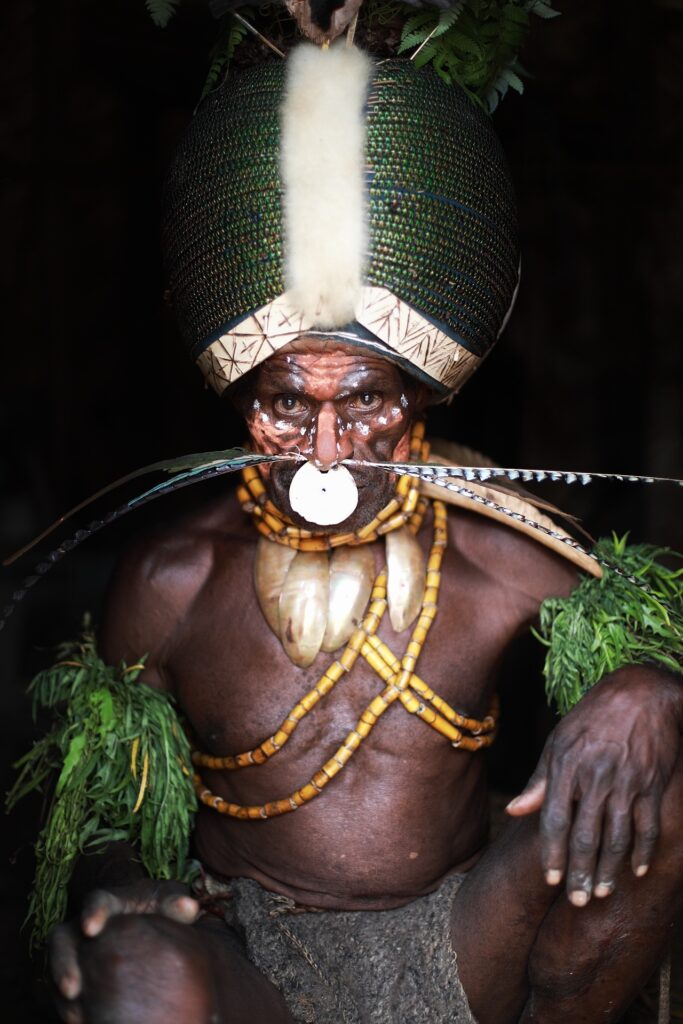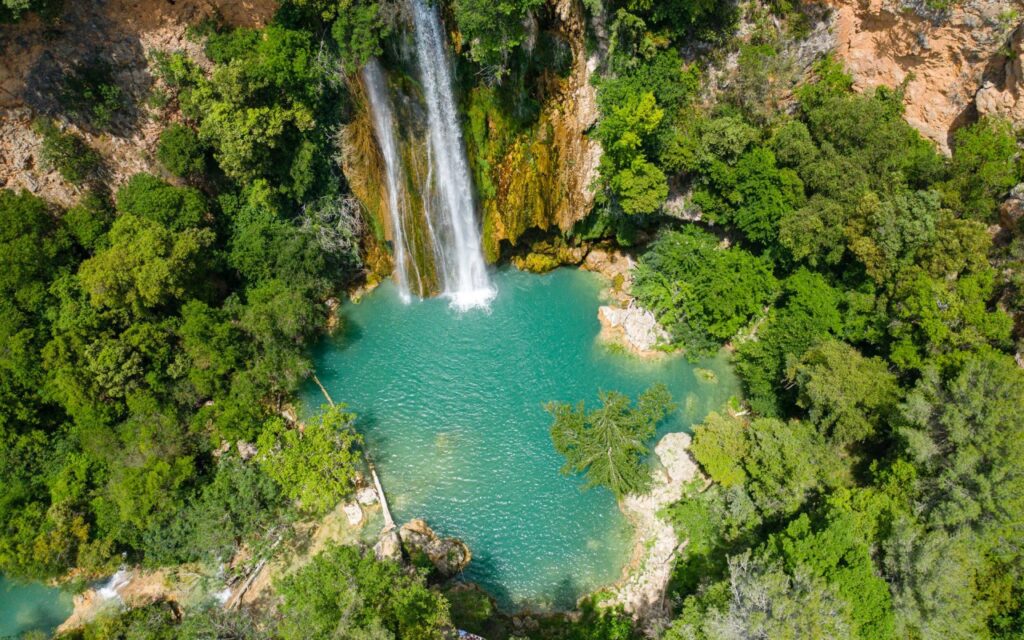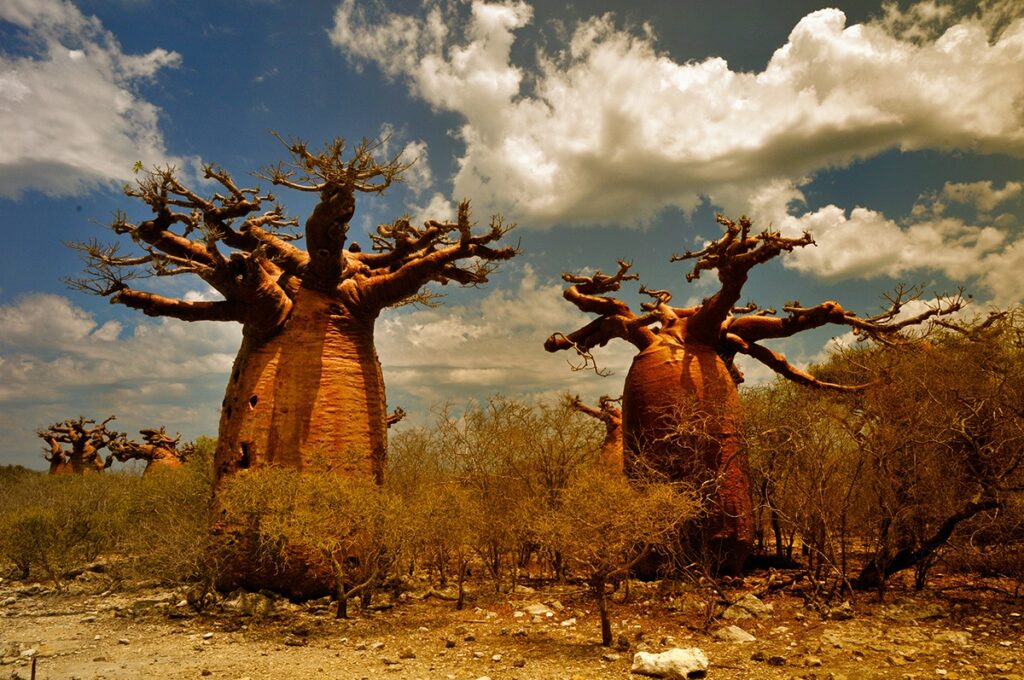Karo Tribe in Omo Valley – Discover Unique Tribal Traditions
Nestled in the remote regions of Ethiopia’s Omo Valley, the Karo Tribe offers a fascinating glimpse into a world where ancient traditions and vibrant cultural practices continue to thrive. Known for their striking body art and unique customs, the Karo people are one of the smallest tribes in the Omo Valley, yet they hold a significant place in the tapestry of Ethiopia’s diverse ethnic landscape. Visiting the Karo Tribe is not just a journey through breathtaking landscapes but also an opportunity to witness a way of life that has remained largely unchanged for centuries.
What to See
When visiting the Karo Tribe, one of the most captivating sights is their intricate body painting. The Karo people use white chalk, charcoal, and yellow rock to create elaborate designs on their bodies, a practice that is both an art form and a means of social expression. These designs are often inspired by the natural surroundings, including the patterns of birds and animals. The body painting is not just for aesthetic purposes; it plays a crucial role in ceremonies and rituals, symbolizing beauty, strength, and social status.
Another highlight is the traditional Karo village, with its thatched-roof huts and communal living spaces. The village layout reflects the tribe’s social structure and communal lifestyle. Visitors can observe daily activities such as cooking, crafting, and social gatherings, gaining insight into the Karo’s way of life. The tribe is also known for their scarification practices, where intricate patterns are carved into the skin as a rite of passage or to signify beauty and bravery.
A Bit of History and Interesting Facts
The Karo Tribe is believed to have settled in the Omo Valley several centuries ago, drawn by the fertile lands along the Omo River. Historically, they have been agro-pastoralists, relying on a combination of agriculture and livestock for their livelihood. The river not only provides sustenance but also plays a central role in their cultural and spiritual life.
An interesting fact about the Karo is their small population, which is estimated to be around 1,500 people. Despite their size, they have managed to preserve their cultural identity and traditions in the face of modern influences. The Karo are also known for their elaborate ceremonies, such as the bull-jumping ritual, which marks the transition of young men into adulthood. This event is a significant social gathering, drawing participants and spectators from neighboring tribes.
How to Get There and Tips for First-Time Visitors
Reaching the Karo Tribe in the Omo Valley requires some planning, as the region is quite remote. The nearest major town is Jinka, which can be accessed by a domestic flight from Addis Ababa, Ethiopia’s capital. From Jinka, visitors can hire a 4×4 vehicle to navigate the rugged terrain to the Karo villages. It’s advisable to travel with a local guide who is familiar with the area and can facilitate interactions with the tribe.
For first-time visitors, it’s important to approach the Karo with respect and sensitivity. Photography is generally welcomed, but it’s courteous to ask for permission before taking pictures. Bringing small gifts such as food items or school supplies can be a thoughtful gesture, but it’s best to consult with your guide on what is appropriate. Lastly, be prepared for basic living conditions, as the region is still developing in terms of infrastructure.
Visiting the Karo Tribe is a unique opportunity to immerse yourself in a culture that is both ancient and vibrant. The experience offers not only stunning visuals but also a deeper understanding of the resilience and creativity of the human spirit.








